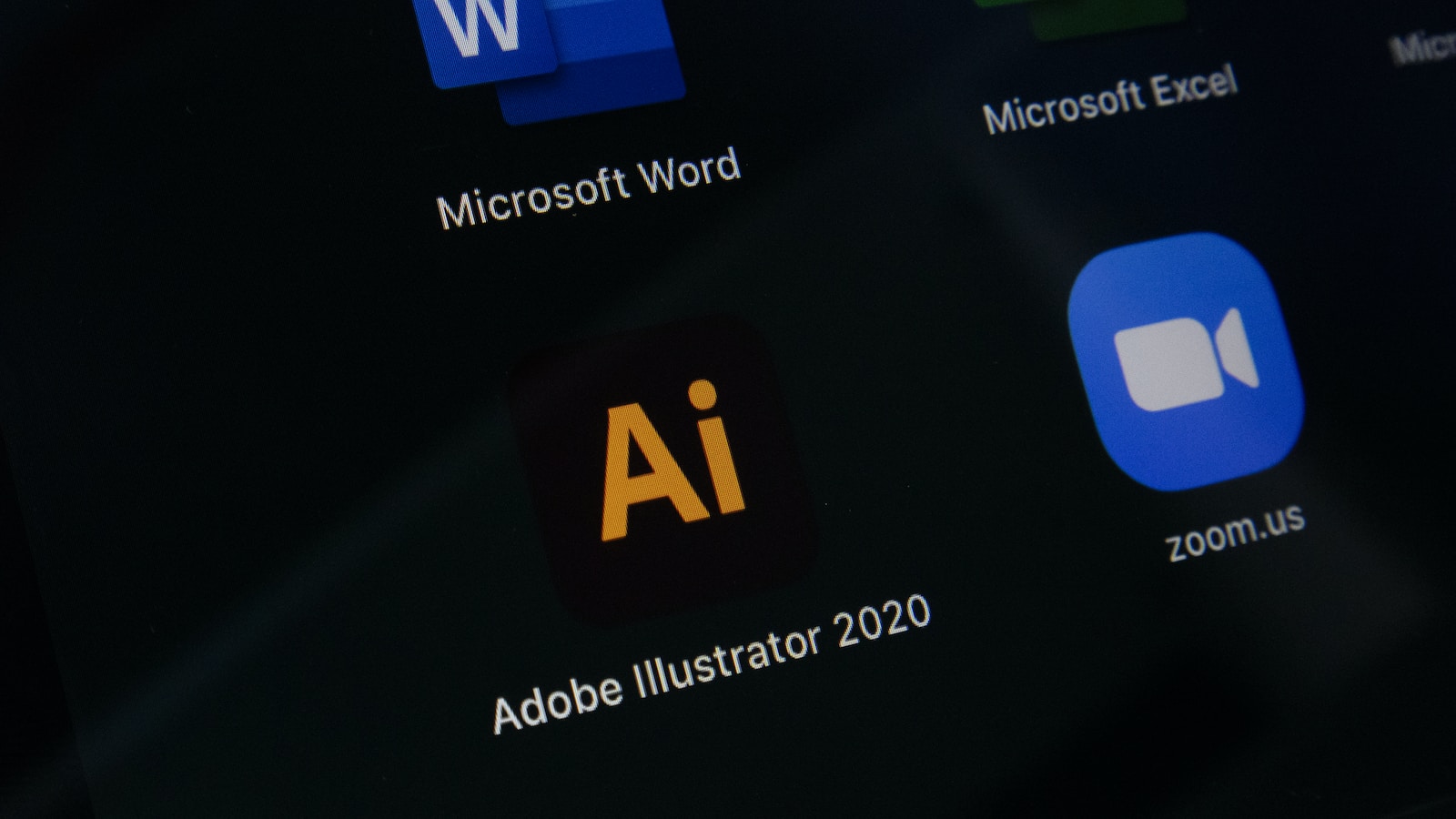In this article, we’ll look at audio quality and how mastering the art of audio bitrate may improve the auditory experience of your content. Join us as we reveal the keys to improving sound quality and taking your audio productions to the next level.
Understanding Audio Bitrate
Audio bitrate refers to the amount of data that is processed per unit of time in an audio file. It determines the quality and clarity of the sound reproduced from the file. Bitrate is typically measured in kilobits per second (kbps) and represents the number of kilobits of data transmitted or processed every second.
Differentiating between uncompressed and compressed audio
Raw audio data that retains all of the original features and fidelity is referred to as uncompressed audio. It provides the finest audio quality but has large file sizes. Professional audio production frequently uses uncompressed formats such as WAV or FLAC.
Compressed audio, on the other hand, uses various encoding algorithms to decrease file size while retaining an acceptable degree of audio quality. This is accomplished by eliminating or reducing redundant or inaudible audio information. MP3, AAC, and OGG are examples of popular compressed audio formats.
Exploring the relationship between bitrate and file size
The relation between bitrate and file size is simple: higher bitrates produce larger file sizes, whereas lower bitrates produce smaller file sizes. The amount of data required to represent the audio content in the file is directly affected by the bitrate.
When the bitrate is increased, more data is allocated to represent each second of audio, resulting in higher audio quality and more accurate reproduction. However, this also increases the file size, making it more resource-intensive to store and transmit.
Conversely, lowering the bitrate reduces the amount of data allocated to each second of audio. This decreases the audio quality but reduces the file size, making it easier to manage and transmit, especially in bandwidth-limited scenarios like online streaming or file sharing.
The Significance of Choosing the Right Audio Bitrate
When deciding on the best bitrate for audio content, creators must strike a balance between audio quality and file size. While higher bitrates provide better sound quality, they also result in larger file sizes, which can make storage and delivery difficult. Lower bitrates, on the other hand, reduce file size but may affect audio fidelity. Here are some factors to consider when finding the right balance:
- Content Type: The nature of your audio content plays a crucial role. Music tracks with intricate instrumentation and dynamic range may require higher bitrates to preserve nuances, while speech-based content or podcasts can typically tolerate lower bitrates without significant quality loss.
- Target Audience and Medium: Consider the platform or medium through which your content will be consumed. Streaming services or online platforms often have bitrate limitations, and exceeding these limits may result in transcoding, potentially affecting audio quality. Keep in mind the average internet connection speed and playback devices your target audience is likely to use.
- Storage and Bandwidth: Evaluate the storage capacity and bandwidth constraints of your intended distribution channels. Smaller file sizes are advantageous for efficient storage and faster downloads or streaming, especially for users with limited storage or slow internet connections.
To understand the impact of different bitrates on sound quality, let’s consider some real-world examples:
- In the case of a music track, a 320 kbps MP3 file will generally provide high-quality audio, closely resembling the original, while a 128 kbps MP3 may introduce noticeable compression artifacts, such as reduced clarity or subtle distortion.
- For spoken word content like podcasts, a bitrate of 64 kbps or even lower can often be sufficient, as the focus is primarily on the clarity of speech rather than intricate audio details.
These examples highlight the trade-off between audio quality and file size. By carefully considering the content type, target audience, and medium, content creators can strike a balance that ensures an optimal listening experience while optimizing storage and bandwidth resources.
Tips for Enhancing Audio Quality through Bitrate
When selecting bitrate settings for audio content, it’s essential to follow some best practices to achieve the best possible balance between audio quality and file size:
- Auditioning and Testing: Before settling on a bitrate, it’s critical to test multiple options by encoding sample parts of your audio content at various bitrates. Pay close attention to determine the trade-off between quality and file size and make an informed decision based on your unique requirements.
- Content-specific Considerations: Take into account the characteristics of your audio content. Higher bitrates may be required to preserve the nuances if it comprises a large dynamic range or intricate details. Lower bitrates, on the other hand, may be appropriate if your content is primarily speech or has a lower emphasis on audio nuances.
- Target Platform Guidelines: Various platforms and mediums may have different bitrate recommendations or limits. Adhere to these guidelines to ensure platform compatibility and optimal playback. To maintain a balance between quality and bandwidth constraints, streaming services, for example, frequently specify preferred bitrates.
Utilizing Variable Bitrate (VBR) for Dynamic Audio Content
Variable bitrate (VBR) is a technique that adjusts the bitrate dynamically based on the complexity of the audio being encoded. It allocates a higher bitrate to more complex sections of the content and a lower bitrate to simpler parts. VBR can be particularly beneficial for dynamic audio content with varying complexity levels, as it optimizes both audio quality and file size.
VBR ensures that complex sections of the audio retain high quality, while simpler sections are allocated fewer bits, resulting in reduced file size. This approach provides more efficient use of bitrate resources and enhances the overall listening experience for dynamic content, such as music tracks with varying instrumentations or audio recordings with varying speech intensity.
Techniques to Maintain Audio Quality while Reducing File Size
To reduce file size without sacrificing audio quality, consider the following techniques:
- Compression Algorithms: Explore several audio compression methods that provide high quality at low bitrates. When compared with older formats such as MP3, advanced codecs such as AAC or Opus frequently offer higher compression efficiency.
- Bitrate Optimization Tools: Use bitrate optimisation tools to assess audio information and recommend appropriate bitrates based on complexity and quality needs. These tools can assist in striking an optimal balance between file size and audio fidelity.
- Noise Reduction and EQ: Apply noise reduction techniques and equalization to eliminate unwanted noise and enhance audio clarity. By reducing background noise and optimizing frequency response, you can improve perceived audio quality even at lower bitrates.
Final Thoughts
Every audio content creator should embrace experimentation with different bitrates to find the perfect balance between audio quality and file size. It’s a subjective process that depends on the specific content, target audience, and distribution platform. By exploring various bitrates and listening to the results, content creators can fine-tune their encoding settings and discover the sweet spot that optimizes both quality and efficiency. So don’t be afraid to experiment and tailor your bitrate selection to your unique requirements.






